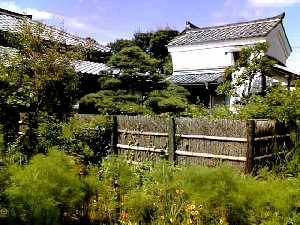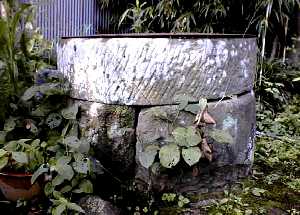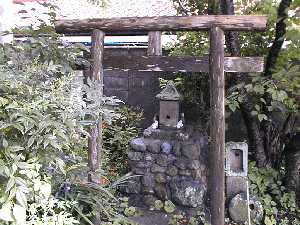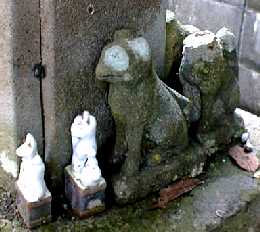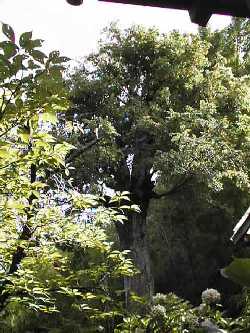His prophecy, so far, doesn't have come true at least here in Matsue.
After Hearn and his family left Matsue to Kumamoto, the owner of the Katchu-yashiki returned from his post in Hikawa county. (He- Negishi Tateo- was a district headman there.) His son Iwai was a student at Matsue high school, and knew well about Hearn. Time had passed, Iwai graduated Tokyo Imperial University and got a job as a bank clerk. In 1907, he happend to read "Glimpses of Unfamiliar Japan" published in German, and found that these fantastic gardens were of his old home. Then he decided to keep these gardens as they were during Hearn's stay in Matsue. (So we've heard in a family circle. I am one of the granddaughters of Iwai. He died when my father was seven years old.) After his death, his wife Ayame and their children carried out his will even during the Second World War.( Ayame was persecuted by police because Hearn was a foreigner; that meant a hostile person.)
Today, these gardens and katchiu-yashiki are cared for by Negishi Michiko, wife of Iwai's son Keiji, and you can visit the katchiu-yashiki to enjoy what Hearn loved. Maybe the 'ancient peace and the ancient charm' in Matsue city will still remain.
|
 part4
part4
 part4
part4
